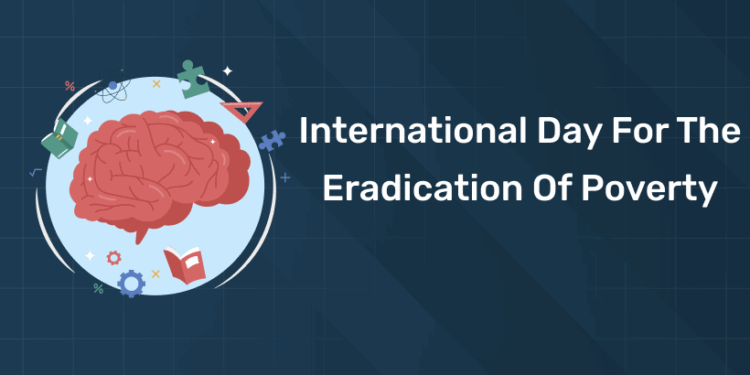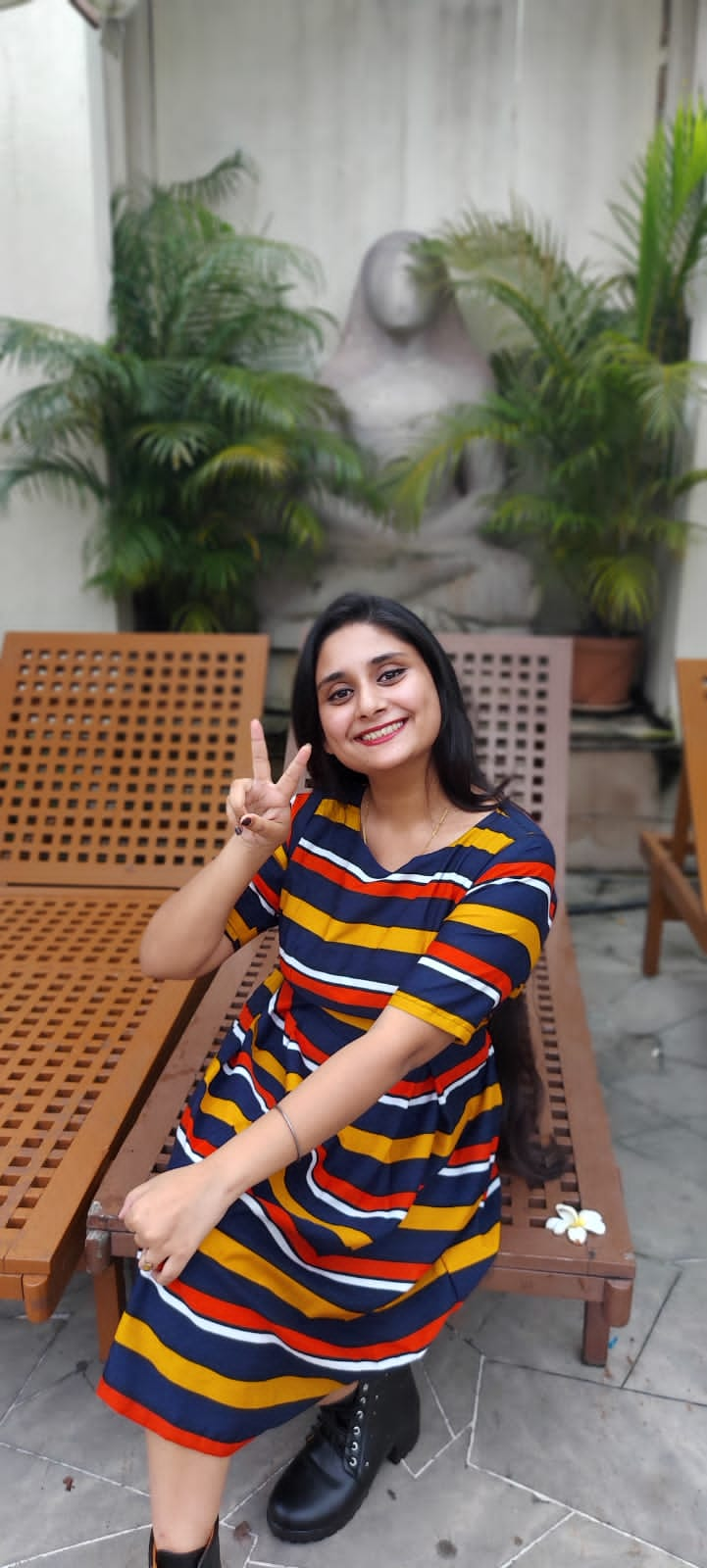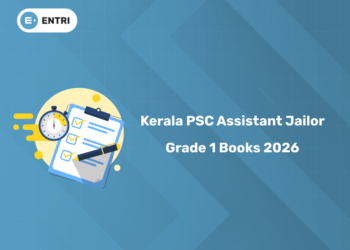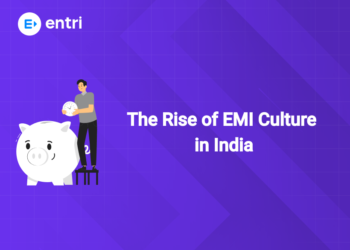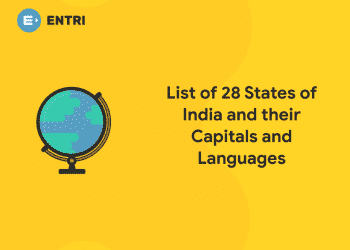Table of Contents
International Day for the Eradication of Poverty is observed every year on October 17 worldwide. It highlights worldwide poverty, violence and hunger. This day’s objective is to find ways to mitigate and eradicate poverty, acknowledging the efforts and struggles of people living in poverty and giving them a chance to be heard.
Poverty is a violation of human rights and there is a need for people across the world to come together and ensure that these rights are respected for everyone. It is hard to imagine the development of humankind, without achieving a poverty-free world. So international day for the eradication of poverty 2025 date is the 17th of October.
International Day for the Eradication of Poverty 2025 Date – October 17
In this article readers can get a glimpse on
- History and Significance of International Day for the Eradication of Poverty
- International Day for the Eradication of Poverty Theme 2025
- International Day for the Eradication of Poverty Quiz
History and Significance of International Day for the Eradication of Poverty
1: Who was the first woman President of India?
The event was first commemorated in Paris, France, in 1987 at the Human Rights and Liberties Plaza at the Trocadéro. This was done to honour victims of poverty, hunger, violence, and fear. The commemorative stone was unveiled by Joseph Wresinski who was a founder of the International Movement ATD Fourth World.
In the year 1992, the United Nations (UN) officially designated October 17 as the International Day for the Eradication of Poverty. Thus this day is marked to raise awareness and highlight the problems faced by people who are in the grip of poverty and those families to work towards eradicating poverty globally in all its forms.
Free UPSKILLING Courses!
Take your first step toward mastering in-demand skills, acing interviews, and securing top-tier jobs with Entri's free upskilling courses.
Start Learning!International Day for the Eradication of Poverty 2025 Theme
The theme for the International Day for the Eradication of Poverty (October 17, 2025) is:
Ending social and institutional maltreatment by ensuring respect and effective support for families.
This theme highlights a critical, often hidden, dimension of poverty: the systemic and societal mistreatment experienced by people and families living in poverty. It calls for a fundamental shift in how institutions interact with and support those who are struggling.
Key Focus Areas and Concepts:
- Social and Institutional Maltreatment: This refers to the stigma, judgment, and punitive practices families in poverty face in institutions designed to help, such as schools, clinics, welfare offices, and child protection systems. This can include:
- Stigmatization and Discrimination: Being judged, blamed for their situation, and treated with disrespect based on appearance, address, or accent.
- Intrusive Surveillance and Control: Practices like intrusive house checks, burdensome eligibility requirements for aid, and a general culture of distrust.
- Poverty-Driven Family Separation: Policies and practices that, in effect, punish parents for their poverty, sometimes leading to the removal of children from their families.
- The Goal: The urgent aim is to “put the furthest behind first and build institutions that help families stay together, thrive, and shape their own futures.”
- Shift from Control to Care: The theme calls for a fundamental transformation of support systems, moving away from a model of control and surveillance towards one based on trust, respect, and collaboration.
- Three Key Shifts for Action: The UN outlines specific shifts needed to operationalize the theme:
- From Control to Care: Design services that begin with trust, reduce punitive conditions, and prioritize respectful, person-centered interactions.
- From Surveillance to Support: Rebalance investments away from monitoring, judgment, and family removal toward comprehensive family-strengthening services. This includes income support, quality childcare, adequate housing, mental health care, and access to justice.
- From Top-Down to Co-Created Solutions: Meaningfully involve families with lived experience of poverty in all stages of policy—from assessment and design to budgeting, delivery, and evaluation—to ensure policies truly reflect real needs and constraints.
- Connection to Human Rights and SDGs: The theme emphasizes that poverty is a denial of dignity and human rights. By supporting families, the agenda contributes to the achievement of multiple Sustainable Development Goals (SDGs), particularly SDG 1 (No Poverty) and SDG 16 (Peace, Justice and Strong Institutions).
- Foundation: The 2025 theme is based on global consultations with people who have lived experience of poverty and the organizations that work alongside them, ensuring that the agenda is grounded in their real-life efforts and struggles.
International Day for the Eradication of Poverty Previous Themes
Here is the list of themes for the International Day for the Eradication of Poverty, from 2014 to 2024:
- 2024: Ending Social and Institutional Maltreatment: Acting together for just, peaceful and inclusive societies.
- 2023: Decent Work and Social Protection: Putting Dignity in Practice for All.
- 2022: Dignity for All in Practice: The commitments we make together for social justice, peace, and the planet (This was an umbrella theme for 2022-2023).
- 2021: Building Forward Together: Ending Persistent Poverty, Respecting all People and our Planet.
- 2020: Acting together to achieve social and environmental justice for all.
- 2019: Acting Together to Empower Children, their Families and Communities to End Poverty.
- 2018: Coming together with people furthest behind to build an inclusive world of universal respect for human rights and dignity.
- 2017: Answering the Call of October 17 to end poverty: A path toward peaceful and inclusive societies.
- 2016: Moving from humiliation and exclusion to participation: Ending poverty in all its forms.
- 2015: Building a sustainable future: Coming together to end poverty and discrimination.
- 2014: Leave No One Behind: Think, Decide and Act Together Against Extreme Poverty.
Background of International Day for the Eradication of Poverty
In a world that is unprecedented on another level of economic development, technological means and financial resources, millions of persons are living in extreme poverty is a moral outrage. Poverty is not just an economic issue, but it is also a multidimensional phenomenon that encompasses a lack of income as well as the basic capabilities to live in dignity. There is a various international day for the eradication of poverty quotes that are circulated all over the internet to celebrate this day.
Persons living in poverty experience quite a lot of interrelated and mutually reinforcing deprivations that prevent them from realizing their rights and perpetuate their poverty. This includes –
- lack of political power
- work conditions that are dangerous
- lack of nutritious food
- limited access to health care
- unequal access to justice
Free UPSKILLING Courses!
Take your first step toward mastering in-demand skills, acing interviews, and securing top-tier jobs with Entri's free upskilling courses.
Start Learning!International Day for the Eradication of Poverty Quiz 2025
1. When is the International Day for the Eradication of Poverty observed?
A) October 10
B) October 15
C) October 17
2. In which year was the International Day for the Eradication of Poverty first observed?
A) 1987
B) 1990
C) 1992
3. Which organization officially declared the International Day for the Eradication of Poverty?
A) UNESCO
B) United Nations
C) UNICEF
4. Who initiated the first observance related to the day in Paris?
A) Joseph Wresinski
B) Kofi Annan
C) Nelson Mandela
5. What percentage of the world’s population currently lives in extreme poverty?
A) Around 8%
B) Around 12%
C) Around 20%
6. What is the current global poverty line set by the World Bank?
A) $1.25 per day
B) $1.90 per day
C) $2.50 per day
7. Which region has the highest rate of extreme poverty?
A) South Asia
B) Sub-Saharan Africa
C) Latin America
8. Which United Nations goal focuses on ending poverty in all forms everywhere?
A) Goal 1
B) Goal 2
C) Goal 3
9. Where was the commemorative stone unveiled to honor victims of extreme poverty?
A) Paris, France
B) Geneva, Switzerland
C) New York, USA
Want More Engaging Questions?
Download our FREE PDF packed with insightful quiz questions to test your knowledge!
🔽 Click below to get your free copy now! 🔽
The International Day for the Eradication of Poverty highlights the urgent need to address global inequality and human suffering. It reminds us that poverty is not just about income but also about dignity, access to basic rights, and opportunities for a better life. By observing this day, the world acknowledges the struggles of millions and commits to creating solutions that are inclusive and sustainable. Awareness, education, and collective action play a crucial role in breaking the cycle of poverty.
Global cooperation, strong policies, and individual contributions are essential to achieve lasting change. The day inspires governments, organizations, and citizens to work together toward a fairer society. It emphasizes that ending poverty is possible when humanity prioritizes empathy, equality, and shared responsibility. Every effort, no matter how small, strengthens the path toward a poverty-free world. Ultimately, it envisions a future where everyone can live with dignity and opportunity.
Free UPSKILLING Courses!
Take your first step toward mastering in-demand skills, acing interviews, and securing top-tier jobs with Entri's free upskilling courses.
Start Learning!Frequently Asked Questions
What is the International Day for the Eradication of Poverty?
The International Day for the Eradication of Poverty is observed on October 17 each year. It recognizes the struggles of people living in poverty and aims to promote global awareness. The day highlights the importance of human rights, dignity, and equality. It serves as a reminder that poverty is not inevitable but preventable. The observance encourages individuals and nations to work together to end poverty worldwide.
Why is the International Day for the Eradication of Poverty celebrated?
The day is celebrated to raise awareness about poverty and inequality across the world. It reminds everyone that poverty violates basic human rights. The event encourages global solidarity and commitment to support the poor. It also motivates governments to adopt stronger policies to reduce poverty. The day represents hope for a fairer and more inclusive world.
When was the International Day for the Eradication of Poverty first observed?
The day was first observed in 1987 in Paris, France. Thousands gathered to honor victims of poverty, hunger, and violence. The event was initiated by Joseph Wresinski, founder of the ATD Fourth World Movement. Later, in 1992, the United Nations officially recognized October 17 as the observance date. Since then, countries worldwide have marked the day annually with awareness programs and campaigns.
Who was Joseph Wresinski, and what was his role in this observance?
Joseph Wresinski was a French priest and social activist who dedicated his life to fighting poverty. He founded the ATD Fourth World Movement, an organization promoting human dignity and justice for the poor. In 1987, he inspired the first gathering at the Trocadéro in Paris to honor victims of extreme poverty. His efforts led to the creation of the commemorative stone for human rights and poverty eradication. His vision continues to guide global movements against poverty today.
What is the significance of the date October 17?
October 17 marks the anniversary of the 1987 Paris gathering for human rights and poverty awareness. On this day, people from different nations united to honor victims of poverty. It became a symbol of global solidarity and social justice. The UN later chose the same date for the official observance. It stands as a reminder of humanity’s shared responsibility to end poverty.
How does poverty impact global development?
Poverty slows down progress in education, health, and employment. It limits access to basic needs such as food, clean water, and shelter. Many children in poor families are forced to work instead of studying. This cycle of hardship keeps generations trapped in poverty. Addressing poverty helps achieve sustainable development and equal opportunities for all.
What is the connection between poverty and human rights?
Poverty is not only a lack of money but also a denial of rights. It deprives people of access to healthcare, education, and justice. The International Day for the Eradication of Poverty emphasizes dignity and equality for all individuals. Recognizing poverty as a human rights issue brings moral and legal responsibility to act. This approach encourages inclusive policies to empower vulnerable communities.
What are the global efforts made to reduce poverty?
Global organizations like the United Nations and World Bank lead major poverty-reduction programs. The UN’s Sustainable Development Goal 1 focuses on ending poverty everywhere. Many countries have adopted welfare programs, job schemes, and educational initiatives. Nonprofits and community groups also play key roles in local empowerment. Together, these efforts aim to build a fairer and more sustainable future.
How can individuals contribute to eradicating poverty?
Individuals can help by supporting local charities and volunteering in social programs. Donating resources or time to education and healthcare initiatives makes a difference. Advocating for fair wages and equal rights also supports anti-poverty goals. Awareness campaigns and social media engagement can inspire community action. Every small contribution strengthens the global fight against poverty.
What is the overall message of the International Day for the Eradication of Poverty?
The day’s message centers on solidarity, dignity, and equality for all. It reminds people that ending poverty requires collective action. Governments, organizations, and individuals must work together to address inequality. The observance also celebrates the courage of people struggling with poverty. Ultimately, it inspires hope for a world where no one is left behind.


